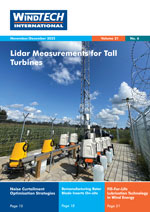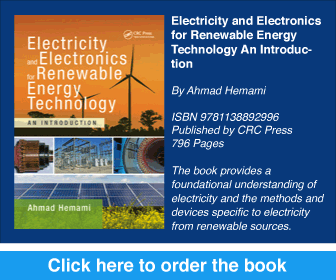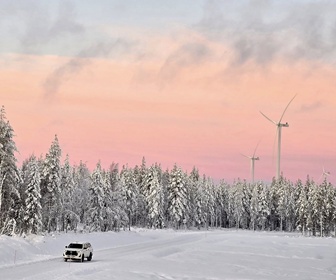The Norwegian Ministry of Energy has announced that the Sørvest F area will not be tendered for offshore wind development in 2025. A report from Statnett indicates that offshore wind projects would require government subsidies regardless of the chosen grid solution. Instead of pursuing a hybrid grid connection for Sørvest F, the government will focus on floating offshore wind projects with radial connections.
The ministry received Statnett’s assessment of potential grid solutions for connecting offshore wind from Sørvest F to the mainland. The report highlights key challenges and confirms that offshore wind linked to hybrid grid solutions would require state support. Statnett also emphasised the need for further technological advancements before a larger interconnected offshore grid in Europe (North Sea Grid) becomes viable.
Energy Minister Terje Aasland stated that the sector is currently facing high costs related to both offshore wind production and grid connections. The findings from Statnett make it clear that hybrid cables would not resolve these challenges, as significant government support would still be required. He also noted that with high project costs, uncertain profitability, and an incomplete European regulatory framework, now is not the right time to proceed with hybrid cable planning.
The government remains committed to offshore wind development and aims to designate areas for floating wind as soon as possible. Norway’s deep waters make floating wind a suitable option, with the potential to supply power along the entire coastline.
While hybrid solutions are not currently being pursued, they are not ruled out for the future if conditions and costs change. Before summer 2025, the Norwegian Water Resources and Energy Directorate will complete a strategic environmental assessment of potential offshore wind areas. Most of these areas are only suitable for floating wind and would only be viable with radial grid connections to Norway. The findings will help determine which areas should be opened for development. Based on this assessment, the government will establish a roadmap for offshore wind development on the Norwegian continental shelf. Regular tenders and support mechanisms will continue, and the government also plans to present a strategy for the offshore wind supply industry.










